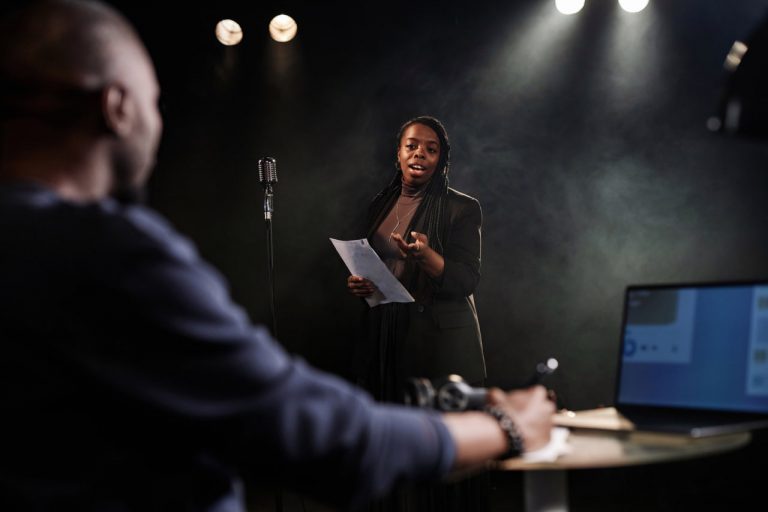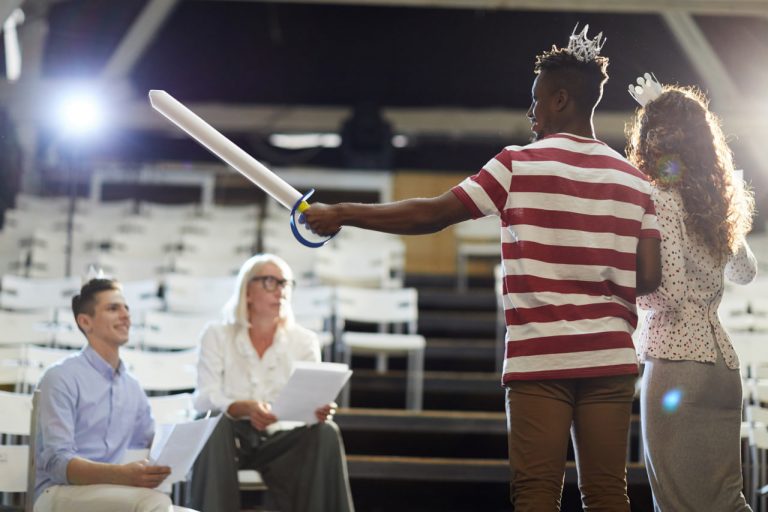Mastering the ability to access and express genuine emotion on cue is one of the most sought-after skills in acting. It is what separates a convincing performance from a flat or mechanical one. Yet, many actors struggle with unlocking authentic feelings at the moment they need to perform. This challenge isn’t just about acting; it’s about understanding human psychology, emotional awareness, and developing practical techniques to connect deeply with the character and scene.
Understanding Emotional Access
Before learning specific techniques, it’s important to grasp what emotional access really means. Actors must be able to reach inside themselves and call forth feelings that align with their character’s experience. This requires self-awareness and emotional literacy — the ability to recognize, identify, and regulate one’s own emotions.
Emotions are complex and often layered. Sometimes an emotion is buried beneath another, or triggered by subtle memories or sensations. The actor’s job is to tap into these layers, using tools that invite the body and mind to respond naturally.
Emotional Memory: The Foundation
One of the oldest and most effective techniques is emotional memory, or affective memory. This approach encourages actors to recall a personal memory that evoked a similar emotion to the one required by the scene. The key is to focus not just on the memory itself but on the feelings and physical sensations that arose at that time.
By reconnecting with these sensations, actors can bring genuine emotional energy into their performance. However, it’s crucial to maintain control and not get overwhelmed. Proper training teaches how to “switch on” and “switch off” these feelings safely.
Substitution: Making It Personal
Sometimes recalling personal memories might not be enough or appropriate for a particular role. Substitution allows actors to replace the fictional situation with a real one from their own life. For example, if a character is grieving, an actor might substitute that with a real experience of loss or sadness they have encountered.
This technique grounds the performance in truth by making the fictional emotional context more relatable and tangible. Substitution also offers flexibility, as actors can tailor the emotional source to their comfort level.
Using Physicality to Trigger Emotion
Emotions are not purely mental; they live in the body. Changing physical posture, breathing, or facial expression can actually help unlock feelings. For instance, a hunched posture, shallow breathing, and downward gaze might naturally evoke sadness, while standing tall with deep breaths can cultivate confidence.
Actors often use specific physical exercises to evoke emotions intentionally. By moving or positioning themselves in ways that mimic how emotions manifest physically, they can “trick” the mind into feeling the corresponding emotion.
Imagination and Visualization
The power of imagination is central to acting. By vividly imagining the scene’s circumstances — the setting, the stakes, the relationships — actors invite themselves into the emotional world of the character. Visualization extends beyond simply thinking about the scene; it involves fully immersing in the sensory and emotional details.
Actors might imagine the sounds, smells, textures, and even temperature of their surroundings to make the experience more real. This sensory immersion helps emotions arise organically rather than being forced.
Breath Control and Focus
Breathing techniques not only support vocal performance but also affect emotional states. Slow, deep breaths can calm anxiety, while quickened breathing may help access excitement or fear. Learning to control breath helps actors regulate their internal state and enter emotional zones with more precision.
Focus is equally important. Actors cultivate concentration to shut out distractions and fully inhabit their characters. Mindfulness practices, meditation, and other concentration exercises can enhance this ability, making emotional access easier on cue.
Combining Techniques for Authenticity
No single technique fits every actor or every scene. The best performances often come from combining multiple methods, tailored to individual needs. Emotional memory might be paired with physical exercises, or substitution with detailed visualization. This layering builds a rich emotional foundation that feels authentic and spontaneous.
Practice and Patience
Unlocking emotion on cue is a skill developed over time. It requires patience, self-compassion, and consistent practice. Actors must also cultivate emotional resilience, as intense work can sometimes stir difficult feelings. Support from coaches and a safe rehearsal environment are critical to this process.



